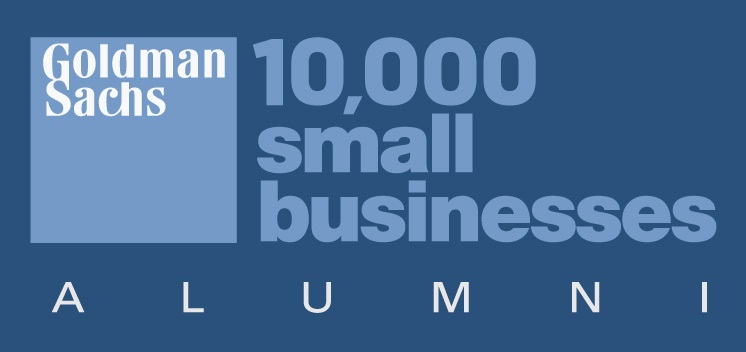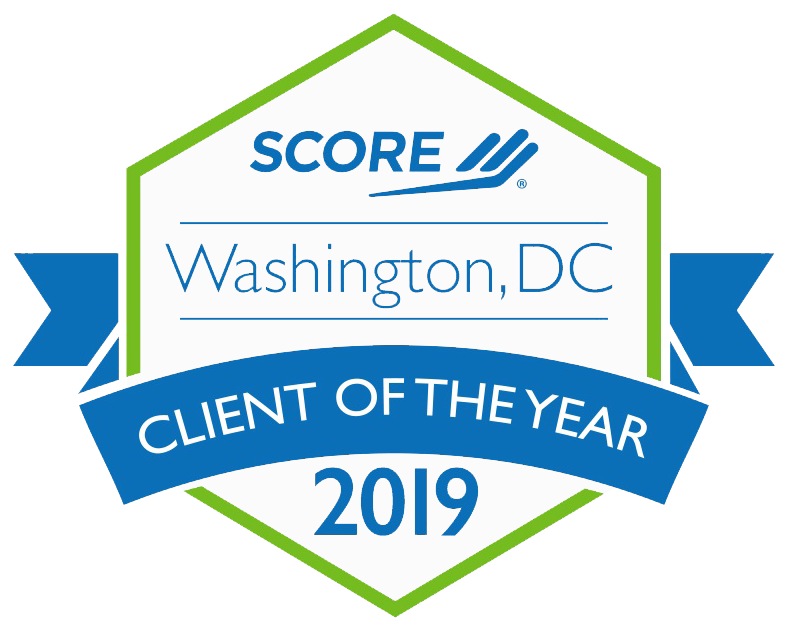Please note that while these suggestions mostly apply to applications where there is a bit of leeway on the proposal style (i.e., not federal applications or online applications) you can still apply some of the suggestions into more structured applications.
Focus on the Mission
Why are you seeking funding? This seems easy enough to understand-insert the organization’s mission statement into the application and then you’re done, right?! (Cue game show buzzer.) The mission is the guiding element that allows you to remain focused on the target population-the purpose for why you seek funding. Is your mission aligned with the funder’s mission? How can these two guiding forces be united towards a greater common path? Remember that you are helping the funder achieve their mission just as much as they are helping you achieve yours.
You’re Only Human
The organizations, programs or projects you write about focus a great deal on community impact and helping the target population. In order to bring a more personal touch, without distracting from the application content, here are some suggestions:
- Use a quotation from a program participant in the narrative
- Imbed a brief paragraph about the success story of a participant when you describe past accomplishments or achievements
- Insert a callout box into the narrative to add some additional information in a unique way
Attachments, Please
Attachments and appendices can become the ugly stepsister of the application process. You know that they can add tremendous value, but when focused on the narrative and/or budget, they can be left to the end. Here are some ways that you can use attachments to help tell your story:
- Newspaper articles, press releases and websites that help provide additional details on the organization, program or project
- Photographs that showcase a successful event and/or highlight an accomplishment (this can be especially helpful for capital campaign requests)
- Statistics/graphs/charts that expand on information included in your statement of need
- Marketing materials, annual reports or fact sheets
While there are many different ways to showcase the value of the proposed work, these samplings will perhaps trigger some additional thoughts. While grant writing can become tedious if we rewrite the same narrative, the use of other tools can help make each application fresh and help you become more engaged in the process.
This post originally appeared on the Grant Professionals Association Blog






